According to React's documentation:
A common pattern is to create several stateless components that just render data, and have a stateful component above them in the hierarchy that passes its state to its children via props.
Let's take for example a DropdownList and break it into smaller pieces:

Applying React's ideology on the DropdownList would imply that the DropdownList component manages the state for both the Popup and the List by responding also to UI events. A very good implementation in this way can be found here http://jquense.github.io/react-widgets/docs/#/dropdown-list (see the GitHub code).
Another approach could be for each component to manage its own state, where possible. I tried to write a minimalist version of my own DropdownList (please mind the CSS..) that uses a stateful List. A short example on how the List manages its state:
_onMouseDown: function (index, event) {
if(!this.state.data[index].disabled) {
this.setState({
selectedIndex: index,
focusedIndex: index
});
this.props.onSelectedIndexChange(event, index);
} else {
event.preventDefault();
}
}
Here's the full jsfiddle: http://jsfiddle.net/5d30pctd/
I won't compare these two approaches, since both have weak and strong points, but rather ask you how it would be easier for consumers to re-use: a stateful or a stateless List?